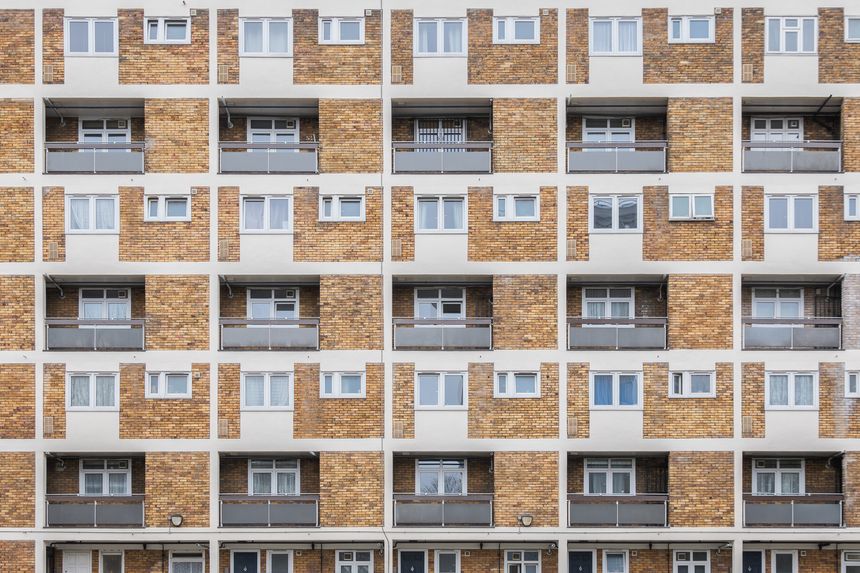From today (27 October 2025), the Hazards in Social Housing (Prescribed Requirements) (England) Regulations 2025, commonly known as Awaab’s Law officially come into force.
Introduced through the Social Housing (Regulation) Act 2023, Awaab’s Law marks a significant shift in how social landlords must respond to health hazards in tenants’ homes. Phase 1 of Awaab’s Law, which comes into force today, introduces strict statutory timeframes for addressing emergency hazards and damp and mould risks.
Key Requirements from Today
Social landlords must now:
- Emergency hazards
- Investigate and act within 24 hours
- Damp and mould hazards (where a significant risk exists) -
Investigate within 10 working days
Provide tenants with a written summary within three working days
Undertake safety works within five working days of concluding the investigation
Social landlords must also begin or take steps to begin any supplementary preventative work to prevent recurrence within 5 working days of the investigation concluding. Where this is not possible, work must be done as soon as possible and physically started within 12 weeks. If hazards cannot be made safe promptly, landlords must provide suitable alternative accommodation.
To ensure compliance with Awaab’s Law, Social landlords should:
- Review and update repairs and maintenance policies to meet statutory timeframes.
- Assess housing portfolios to identify at-risk properties.
- Train staff and contractors on hazard triage, response deadlines, and tenant communication.
- Establish robust communication processes to ensure tenants receive timely written updates.
- Identify options for alternative accommodation in urgent cases.
- Implement data systems to track compliance.
- Study the finalised guidance released on 17 October in detail.
Guidance for Social Landlords
The Government published its final guidance on 17 October 2025 and has signalled a “test and learn” approach, meaning the framework may evolve as each phase is implemented. The Government’s final guidance can be found here: "Awaab’s Law: Guidance for social landlords - Timeframes for repairs in the social rented sector" - 17 October 2025
The Government have also released today a press release on Awaab’s Law. This can be found here: GOV.UK: Press Release - Millions of tenants safe from black mould through Awaab’s Law
Looking Ahead: Phased Approach
- 2026 (Phase 2) – Scope will extend to other hazards such as fire, excess cold, structural collapse, and hygiene issues.
- 2027 (Phase 3) – Most remaining hazards under the Housing Health and Safety Rating System (HHSRS) will be included, except overcrowding.
How Devonshires can Help
At Devonshires, we offer a range of tailored packages to help social landlords comply with the requirements of Awaab’s Law.
For more information on how we can support please contact Baljit Basra or Kerri Harrison.

/Passle/6491ca5e863f054b458578e8/MediaLibrary/Images/2025-10-10-09-31-53-615-68e8d289395c65df95ab4a24.png)
/Passle/6491ca5e863f054b458578e8/SearchServiceImages/2025-12-19-15-20-52-177-69456d545f578b1a57f3445e.jpg)
/Passle/6491ca5e863f054b458578e8/MediaLibrary/Images/2025-12-18-14-17-57-949-69440d15d31e2694620766cf.jpg)
/Passle/6491ca5e863f054b458578e8/MediaLibrary/Images/2025-12-18-13-59-40-841-694408ccc311190ddba29679.jpg)